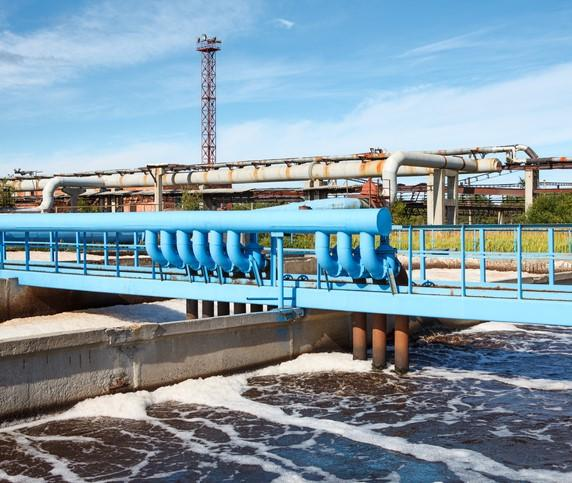SARS-CoV-2 wastewater surveillance accurately predicts the incidence of symptomatic COVID-19 infections in the community, data from the University of Minnesota–Twin Cities suggest.
For the study, published late last week in The Journal of Infectious Diseases, the investigators used real-time polymerase chain reaction (RT-PCR) and population-outcome models to identify any relationship between symptomatic COVID-19 infection in workers in a Minnesota healthcare system and SARS-CoV-2 community wastewater concentrations from January 2022 to August 2024.
All non-remote healthcare workers had to show proof of a positive test to justify their COVID-related absence from work.
"Widespread immunity through vaccination or natural infection has altered the predictive ability of wastewater for hospitalization and mortality," the study authors noted. "In addition, most testing is done at home and results are less often officially reported to public health agencies. As a result, monitoring of COVID-19-related illness is more difficult and less precise."
A 1-week advanced warning
A total 215 wastewater samples were collected from the 9 million–person sewershed of the Twin Cities Wastewater Treatment Plant for 32 months. During that period, 6,879 positive COVID-19 test results were reported to the Fairview Employee Occupational Health and Safety office from workers who lived in the wastewater catchment area. SARS-CoV-2 wastewater concentrations accurately predicted the next week's COVID-19 community case count.
The three periods of rapid increase observed in this study occurred during the time of the year when most people in Minnesota spend more time outdoors and children are not in school.
The researchers observed three surges in both case counts and correlated SARS-CoV-2 wastewater levels: (1) January 2022, which was characterized by a rapid increase in concentrations that did not resolve until spring 2023; (2) July 2023; and (3) June 2024.
"It is possible that this [pattern] reflects the unique transmission dynamics of SARS-CoV-2 over the study period, including the emergence of novel variants and shifts in population immunity and behavior," the researchers wrote. "It is also unusual that the three periods of rapid increase observed in this study occurred during the time of the year when most people in Minnesota spend more time outdoors and children are not in school."
Readiness for upcoming surges
Wastewater tracking, the authors said, could be expanded to help monitor other infectious diseases such as H5N1 avian flu or mpox or to detect unexpected pathogens circulating in the community.
Knowledge of an upcoming surge in employee illness could be important in planning for workforce shortages due to illnesses like COVID-19.
"Tracking the spread of infection throughout the community and, with the emergence of new variants, it remains important to increase public awareness that can help health care officials and people at high risk for severe COVID-19 to take appropriate precautions," they wrote. "In addition, knowledge of an upcoming surge in employee illness could be important in planning for workforce shortages due to illnesses like COVID-19."
The researchers cautioned that because their data were from healthcare workers, who would be more likely to have multiple COVID-19 exposures at work, the estimated transmission rate in the study may have overestimated community prevalence.
"We also were not able to account for people reporting more than 1 positive test result because all of the results were deidentified," they wrote. "Nevertheless, the high degree of correlation and the predictive ability and value of wastewater measures reduces the impact of these limitations."
The team called for future research focusing on integrating wastewater surveillance with other epidemiologic data sources to enable real-time decision-making that supports public health responses to disease outbreaks.





















